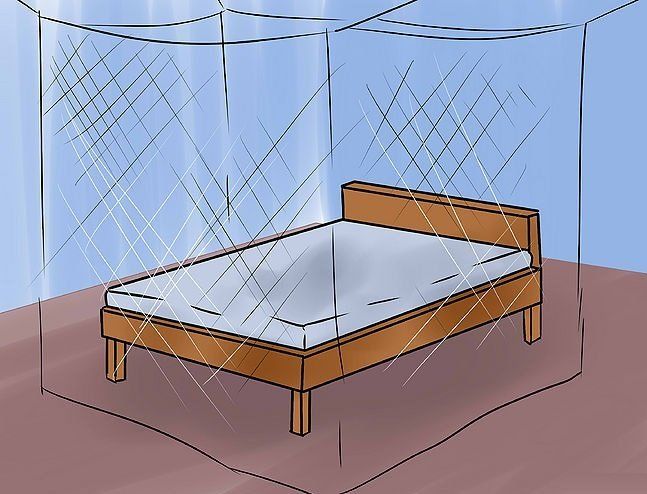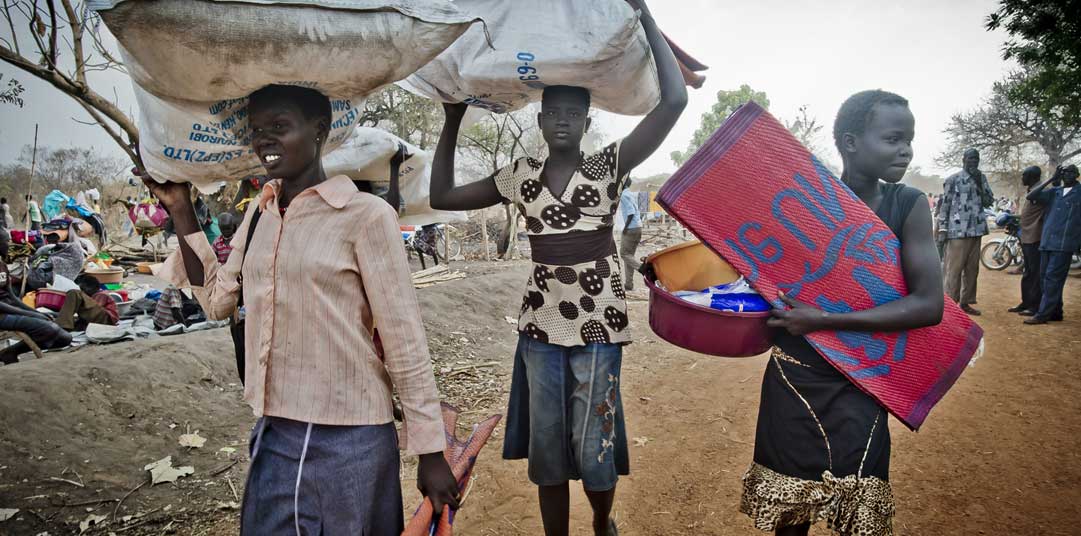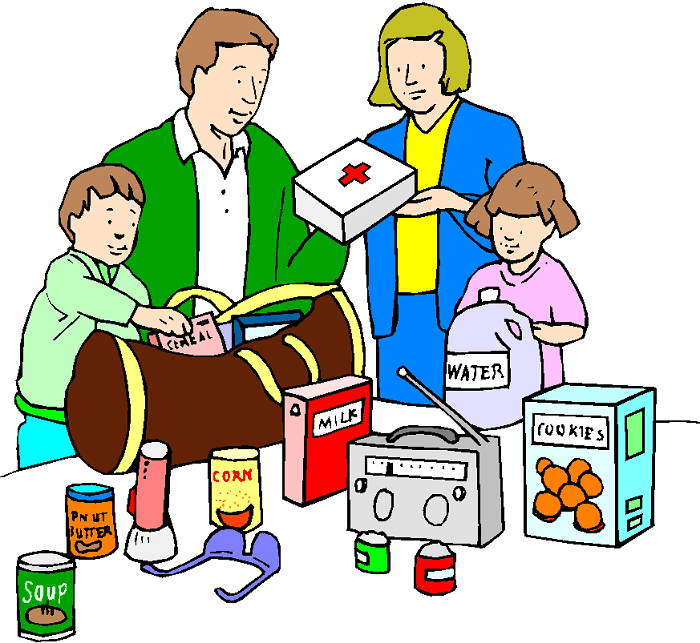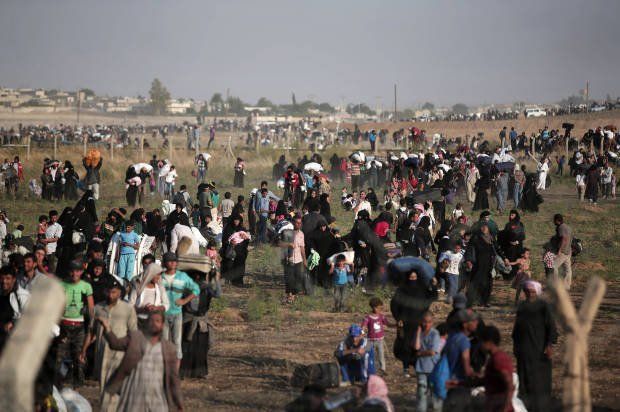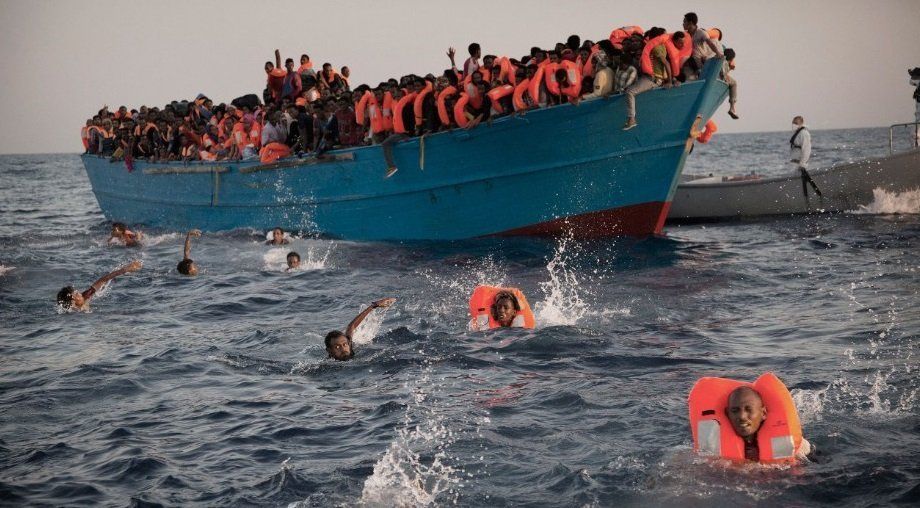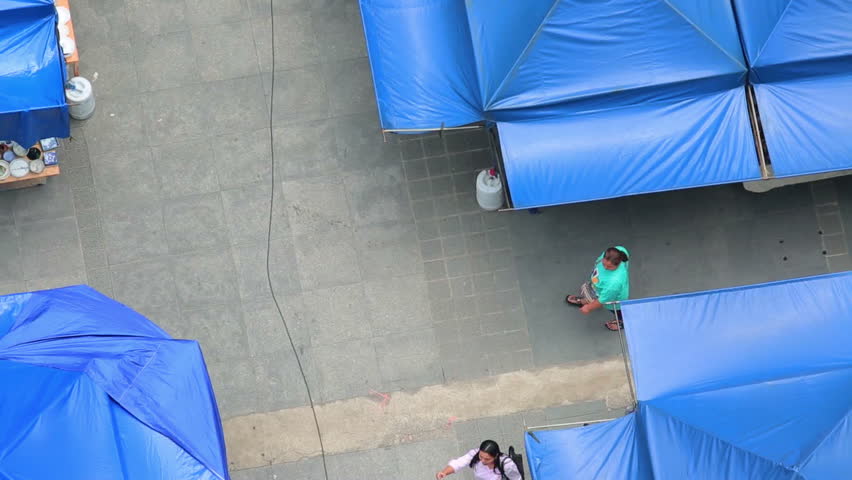What Assumptions And Considerations Are Necessary Before The Distribution Of NFIs
- By finchzane
- •
- 23 Jun, 2017
- •
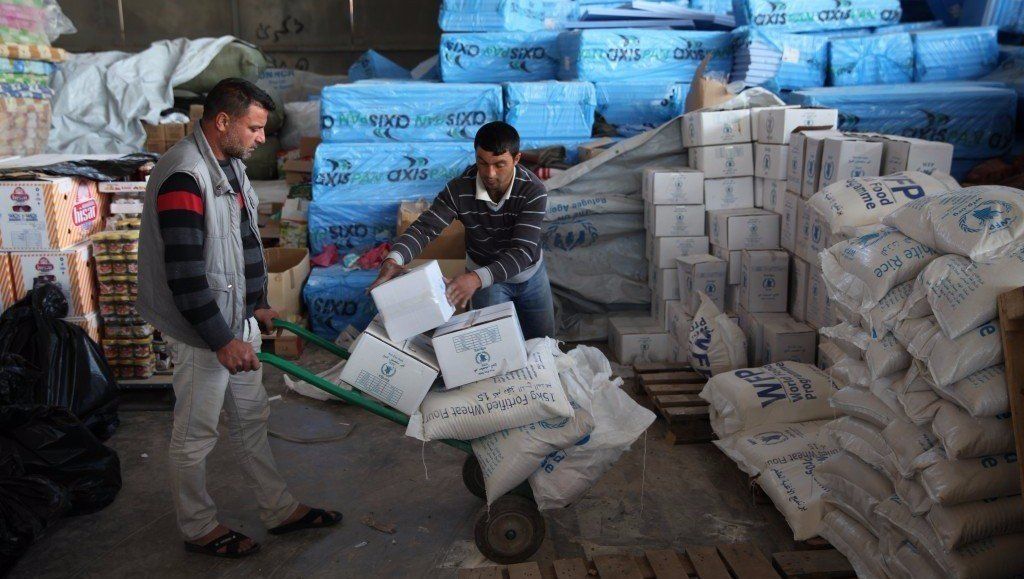
After any natural disaster or calamity the importance of non-food Items (NFIs) is as significant as the edible items. Both the edible stuff and NFIs provide ease of living and provide relief to the displaced people. In addition to the dietary stuff people also need clothes, blankets, sleeping mats, and most importantly tents to safeguard them from all weather conditions like sun, wind, heat, rain or cold.
Other important stuff:-
Other important things include soap, detergent, toiletries, kitchen utensils, fuel cylinders, solar lights, panels or generators and other things. It is important to keep in mind women and children have their specific needs like sanitary supplies and hygiene kits. Pregnant and new mothers have particular needs. Children do need diapers, toys and mind building instruments.
Things to consider before distribution:-
There are some important things to be considered before and during the distribution of non-food Items which are as follows,
Assumptions about the family:-
Aiding agencies and authorities should never make assumptions about the family size. The size of families may differ after any severe catastrophic situation and so does it affect the supply and consumption of NFIs. The number of families may increase or decrease like for instance a member has died or is missing. Families may include grandparents and cousins that may not have lived together earlier. Proper research, counting and registration process should be conducted before the supply of NFIs to make sure they reach every family and individual.
No gender discrimination:-
Distribution of all important stuff must be distributed equally without gender discrimination. When and who receives the stuff should be noticed to provide the benefits equally to all the men, women and children.
Feedback and research:-
Women should be preferred in the Distribution of non-food items (NFIs) in the polygamous societies. Feedback and research should be conducted to ensure safe and equal distribution of commodities and modifications should be made where necessary. Access of children and women should be made easy to the distribution points.
Population demographics:-
- Total number of households
- Average members of a household
- Number of women whose age range from 13 to
50. This calculation is must for the distribution of sanitary and hygiene kits.
- Number of old people heading households
- Number of male and female heading households
Other different categories of people:-
Specific needs of different age groups and categories must also be taken care off like people with disabilities or who are crippled during the disaster, severely injured and hurt people, unaccompanied children and teens, older persons, pregnant women, lactating women and chronically ill people.
Distribution of stuff considering pre crisis:-
It is also important to notice and consider what non-food Items people were using before any disaster or before getting displaced. What fuel sources were being used by them, what they eat normally, type of clothes they used to wear depending on the ethnicity, do they need any specific clothing, what kind of apparels women and children used to wear, what sanitary and hygiene products were used by women pre disaster, what special products they will need after the disaster and lot of other things are to be considered before and during the distribution of NFIs.
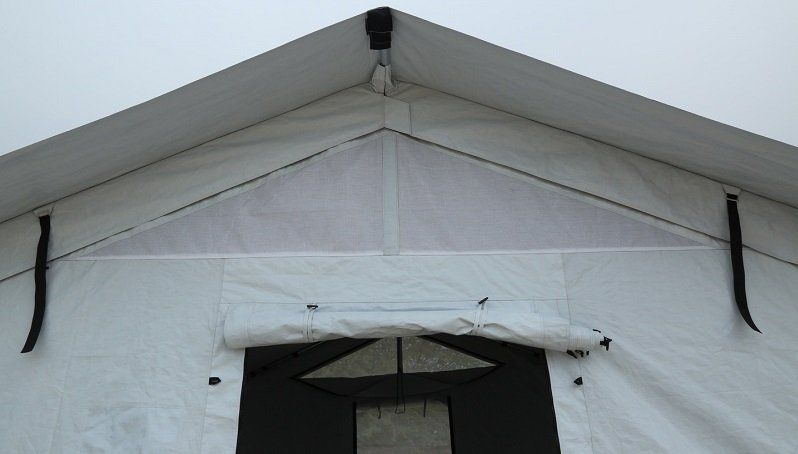
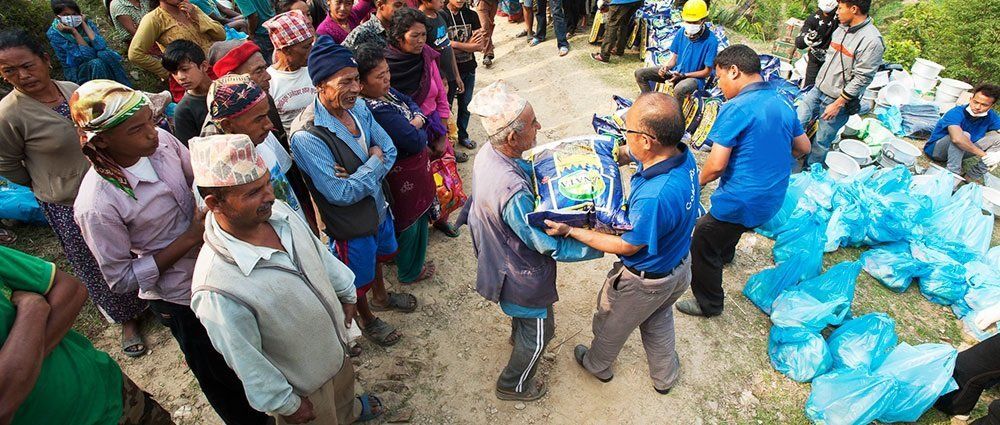
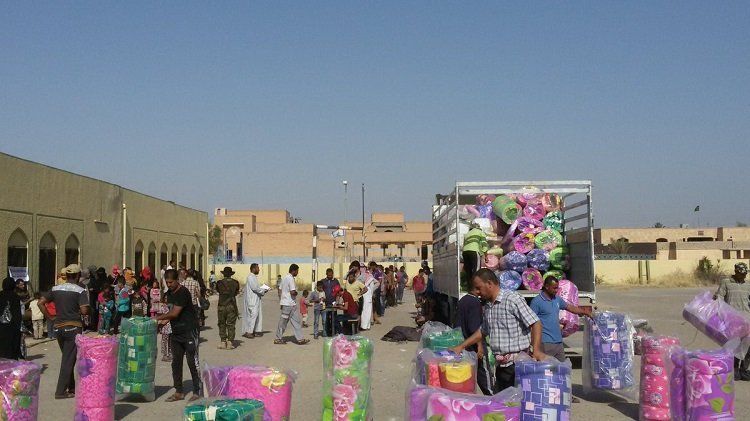
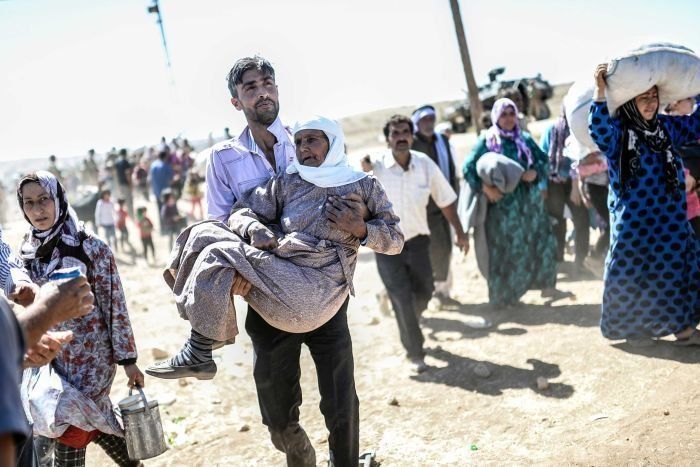
The situation of displaced people cannot be explained in its true sense. Just think what if somebody takes away the ground under your feet. The snapshots of the ground realities gives a different picture. Each catastrophe is different in extent and scope and the products to be provisioned has to adhere to the special requirements. First things first; the rescue operators have to save precious human lives. Next people want food and water to survive.
